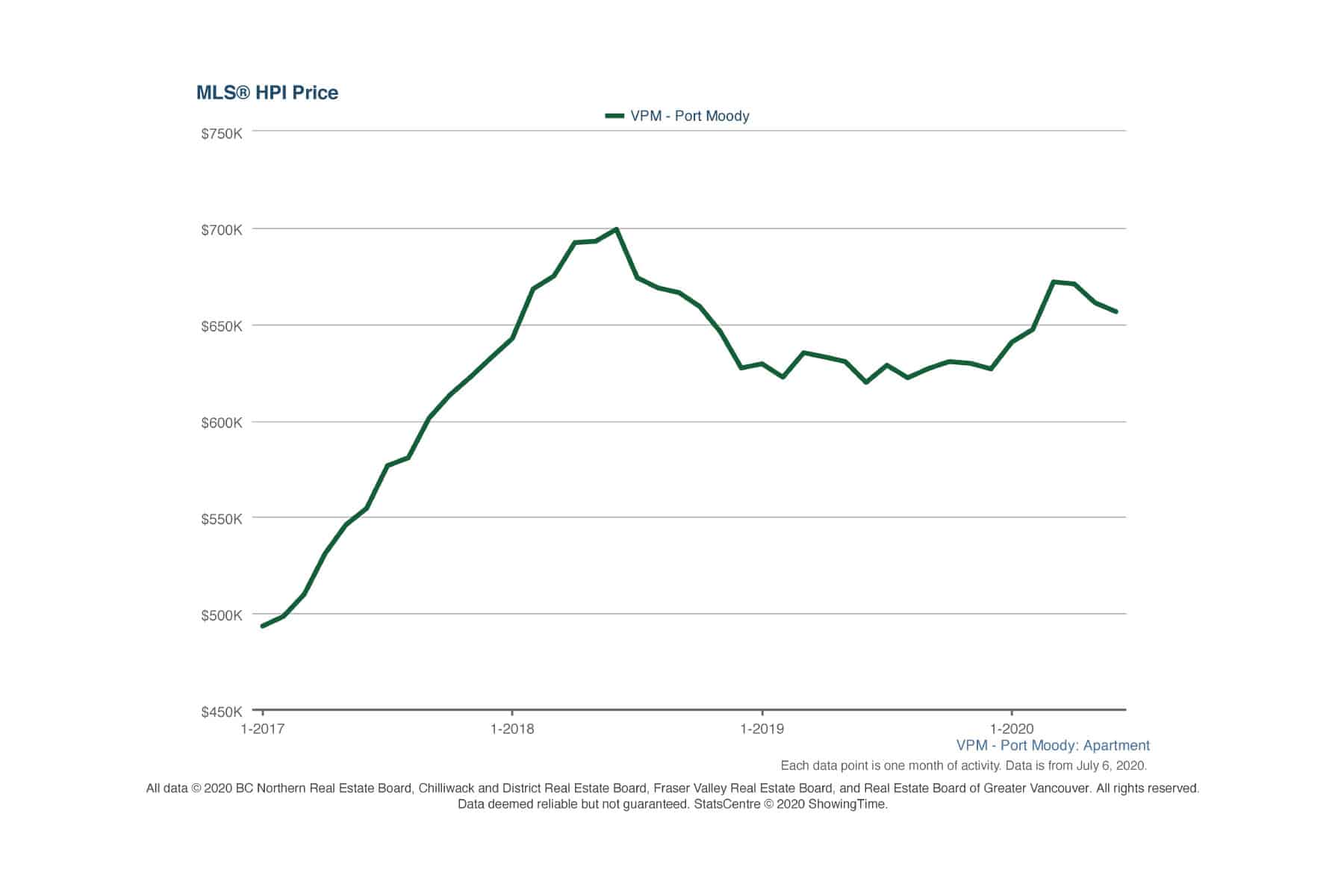

And at the end of October, China's total household debt hit 70 trillion yuan (US $10.98 trillion), Wright said, citing data from the People's Bank of China. In 2020, China's household debt rose to 128% of income, according to a Rhodium Group report. Meanwhile, China's household debt is lower than in many developed countries - but has been steadily on the rise since the financial crisis, Bernard Aw, an economist overseeing the Asia Pacific for Coface, previously told Insider. That's also significantly higher than the median household income in the US, which is currently $79,000. The typical American household has roughly $145,000 in debt, per the US Department of Housing and Urban Development - nearly $100,000 more than it did in 2000. That's $1 trillion higher than it was at the end of 2019. Total household debt in the US exceeded $15 trillion in Q3 2021, according to the Federal Reserve.


Largely because of the rising cost of housing, household debt in both the US and China has increased. "It's a problem of price relative to income, especially in desirable places to live."Ĭities like Shenzhen, pictured, are homes to a middle class that's starting to look ever more like America's. "It's not a problem of housing availability," Logan Wright, director of China markets research for research group Rhodium Group, told Insider. That's why homebuyers, and younger generations of homebuyers in particular, are increasingly turning to personal lending networks to be able to pay the required 30% down payment on a home. So while housing in and of itself is not out of reach (the country certainly has no shortage of homes), the price of houses is. Recently, amid market concerns sparked by real-estate giant Evergrande's debt woes, that trend has seen a reversal: In October, home prices in China started falling for the first time in six years.ĭespite the massive growth in China's home prices over the past decades, nearly 80% of households in China are homeowners (compared to 65% in the US). From 2003 to 2013, for example, housing prices in tier 1 cities like Shanghai, Beijing, and Shenzhen saw an average annual growth rate of 13.1%. In China, real estate prices have has also been climbing over the past two or three decades.

In this environment, Ben Winck recently wrote for Insider, middle-class homebuyers are out of luck: The US is running out of starter homes, and, on the coasts especially, contractors are prioritizing expensive homes that are out of reach for middle-income earners. (Methodology for defining the middle class varies, but many experts - including Pew - define the middle class globally as those who live on $10.01 to $20 a day per person, which straddles the poverty line in the US.)Īnd while the growth of China's middle class is a good thing - those 707 million people have risen out of poverty, after all - some of the similarities it now shares with the US are distinctly less positive. In its most recent middle-class analysis, the Pew Research Center in 2016 classified 52% of the US population as middle class. By 2018, more than half of China's population - 707 million people - had entered the country's middle-income bracket, according to calculations from the Center for Strategic and International Studies that defined the middle class as those spending between $10 and $50 a day.Īs China's middle class has expanded, it has in many ways also started to look like America's. In 2000, roughly 3% of the country's population was classified as middle class. It often indicates a user profile.Ĭhina's middle class has grown explosively in the past twenty years. Account icon An icon in the shape of a person's head and shoulders.


 0 kommentar(er)
0 kommentar(er)
